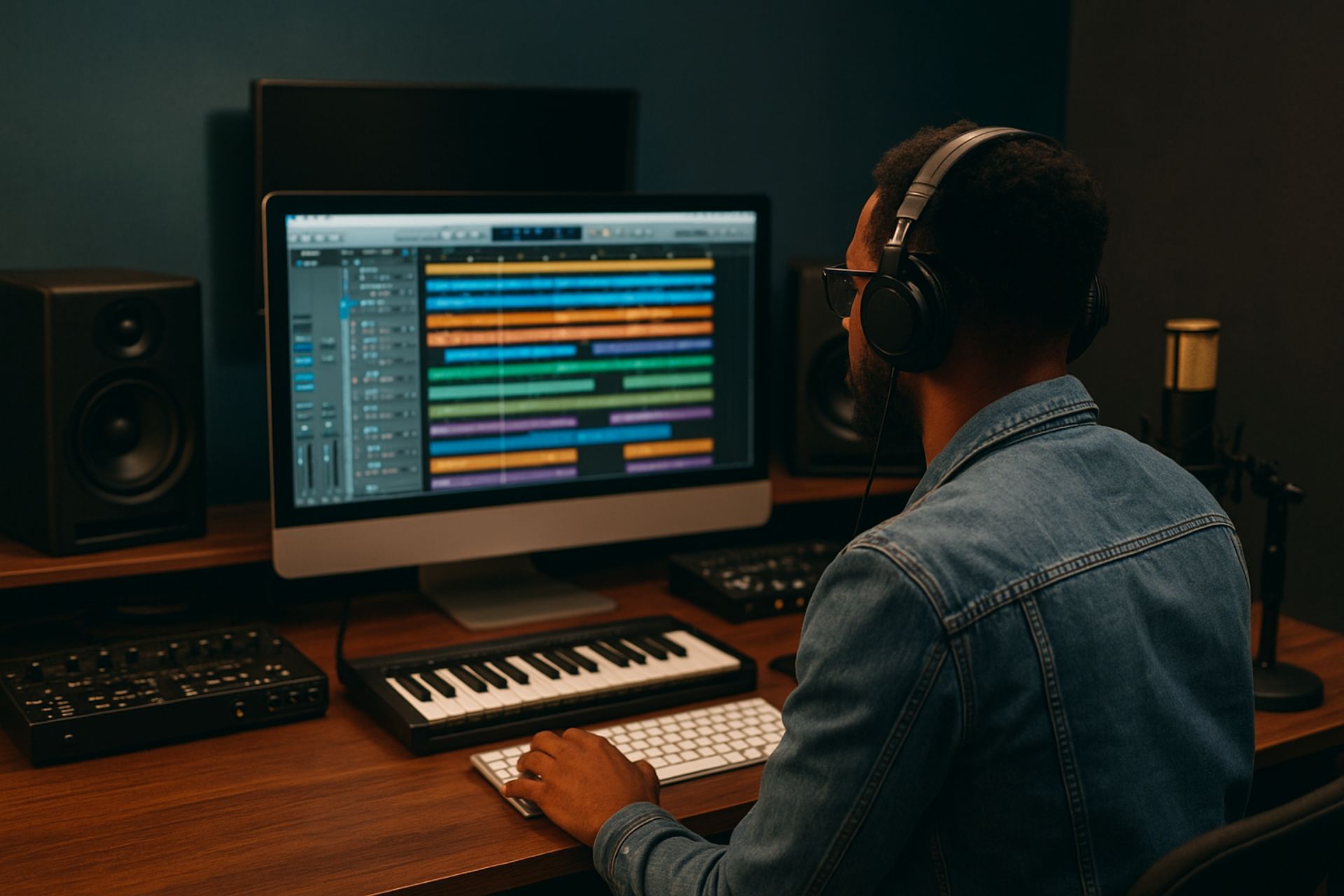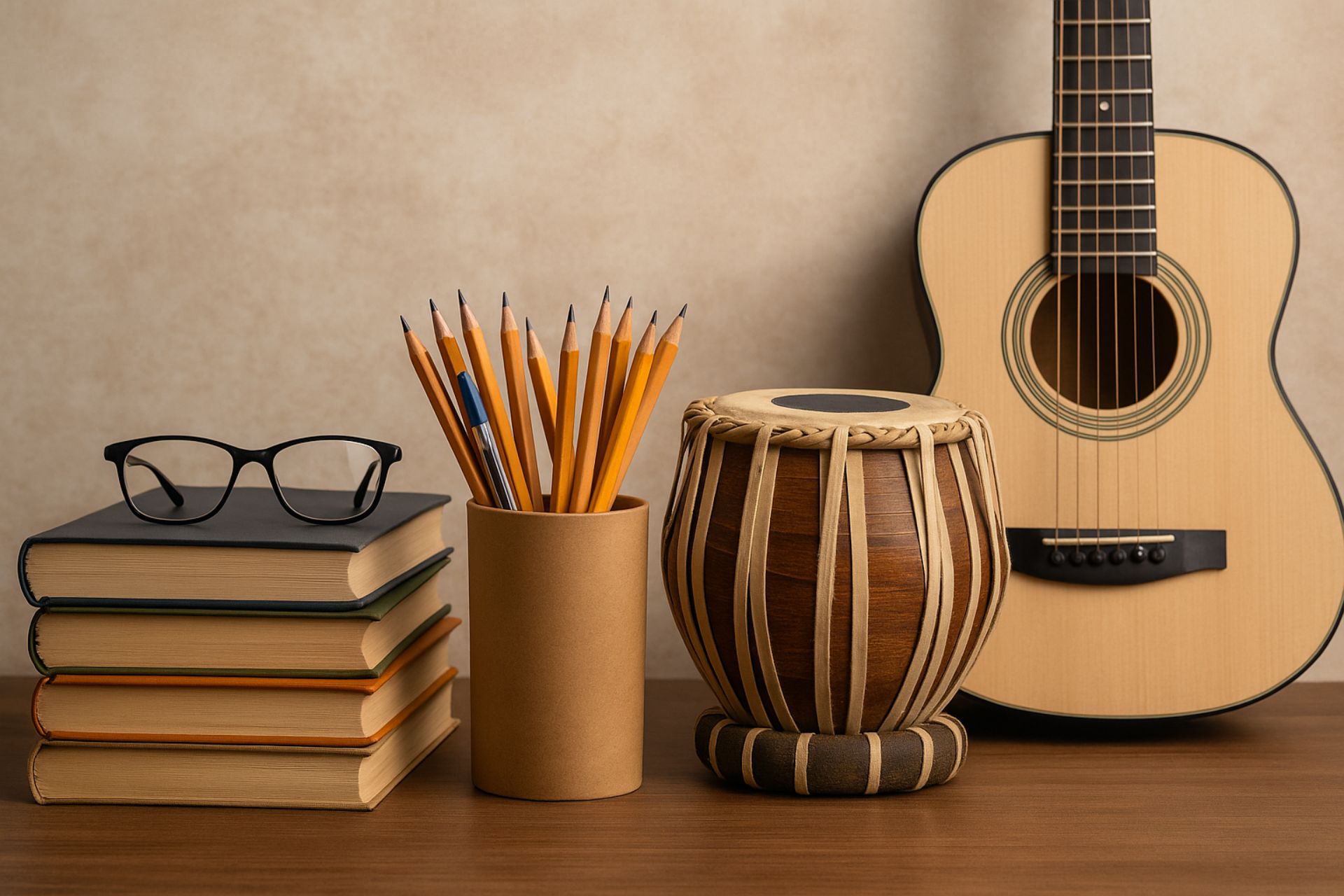Sync licensing is no longer just a side hustle for musicians, it’s one of the most exciting and lucrative ways to get your music heard, land brand deals, and earn recurring income. With streaming services, social media, and AI-powered content production exploding, the opportunities for artists to get their songs placed in TV, film, ads, games, and online videos are bigger than ever.
Let’s break down the top sync licensing trends and how artists can take advantage of them to stay ahead in a competitive market.
What Is Sync Licensing?
At its core, sync licensing (short for synchronization licensing) is the process of giving permission to pair your music with visual media, such as a movie scene, a TV ad, a YouTube video, or a video game.
A typical sync deal involves:
- Music Supervisors – The people who select tracks for projects.
- Sync Agents or Libraries – Platforms or reps who pitch your music.
- Publishers & PROs – Organizations that help you collect royalties.
Every time your track gets placed, you can earn upfront fees plus performance royalties.
Trend #1 – Streaming Platforms Want Distinctive, Authentic Sounds
With Netflix, Prime Video, Disney+, and regional OTT platforms churning out thousands of shows every year, the demand for unique, mood-specific music has skyrocketed.
Gone are the days when generic stock tracks were enough. Today content creators want:
- Culturally rich music – Afrobeat, Latin pop, Indian indie, K-pop.
- Genre fusion – Jazz-electronic blends, folk-pop hybrids, trap-infused classical.
- Authenticity – Songs that feel real, not overly polished.
Tip: If you’re an independent artist, you’re perfectly positioned here. Keep your production quality high, but don’t strip away the uniqueness that makes your sound stand out.

Trend #2 – Short-Form Video Is Shaping Sync Selections
Instagram Reels, and YouTube Shorts aren’t just for viral dances they’re influencing what brands and ad agencies choose for sync deals.
Music supervisors are looking for tracks that can:
- Hook listeners in under 5 seconds.
- Work well in 15–30 second edits.
- Have a strong beat drop or catchy chorus.
Pro Insight: If your song has a short, memorable hook, consider creating multiple versions (instrumentals, loop-friendly cuts) to make it more sync-friendly.
Trend #3 – AI Is Changing Music Creation and Licensing
AI-generated music is no longer a futuristic concept, it’s here, and brands are using it for low-budget ads, indie games, and social media content.
However, AI music for sync still has legal grey areas around copyright ownership. Many companies prefer human-created tracks to avoid legal headaches, which means independent musicians still have a strong advantage.
How to Compete with AI:
- Focus on emotional depth, live instrumentation, and unique storytelling.
- Register your work with a PRO to establish clear ownership.
Trend #4 – Indie Artists Are in High Demand
Brands, filmmakers, and game developers increasingly choose independent musicians because:
- They’re more affordable than major label tracks.
- Their music feels fresh, authentic, and relatable.
- Deals are easier to negotiate.
Example: An unknown indie artist landed a sync placement in a Netflix drama, resulting in a 500% streaming boost on Spotify.
If you own both your publishing and master rights, you can offer “one-stop” licensing making you more attractive to music supervisors.
Trend #5 – Regional & Multilingual Music Is Going Global
Thanks to global streaming, non-English tracks are making it into Hollywood films, international ad campaigns, and gaming soundtracks.
From Bollywood-inspired beats in car commercials to K-pop hooks in Western TV shows, sync licensing is now embracing diversity like never before.
Artist Tip: If you make regional or bilingual music, pitch it not just locally but to international sync libraries.
Trend #6 – Micro-Sync Licensing for Small Creators
Micro-sync licensing has exploded allowing YouTubers, podcasters, and small brands to license tracks affordably.
This is a volume game:
- Lower upfront fees.
- More placements.
- Steady recurring income.
Platforms to Explore: Hoopr Smash
How to Stay Sync-Ready
If you want to ride these trends, here’s your checklist:
- Keep Your Masters Organized – Have clean WAV/MP3 files plus instrumental versions.
- Tag Your Metadata – Include genre, mood, tempo, and keywords.
- Build Relationships – Network with music supervisors and sync reps.
- Stay Flexible – Be open to different fee structures and usage rights.
- Register Your Work – Protect your music with a PRO like ASCAP, BMI, PRS, or IPRS.
Final Thoughts
The coming years are shaping up to be a golden year for sync licensing with streaming growth, AI innovations, and a global appetite for diverse sounds creating more opportunities than ever.
Whether you’re an indie singer-songwriter, a producer, or a band, now is the time to build your sync catalog, connect with supervisors, and pitch your music.
In the sync licensing world, one placement can change your career overnight and the next big sync trend might just have your song in it.



